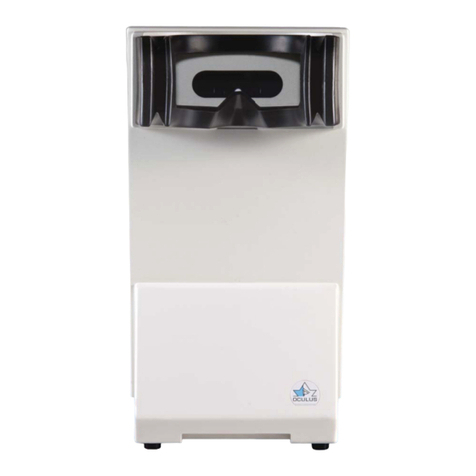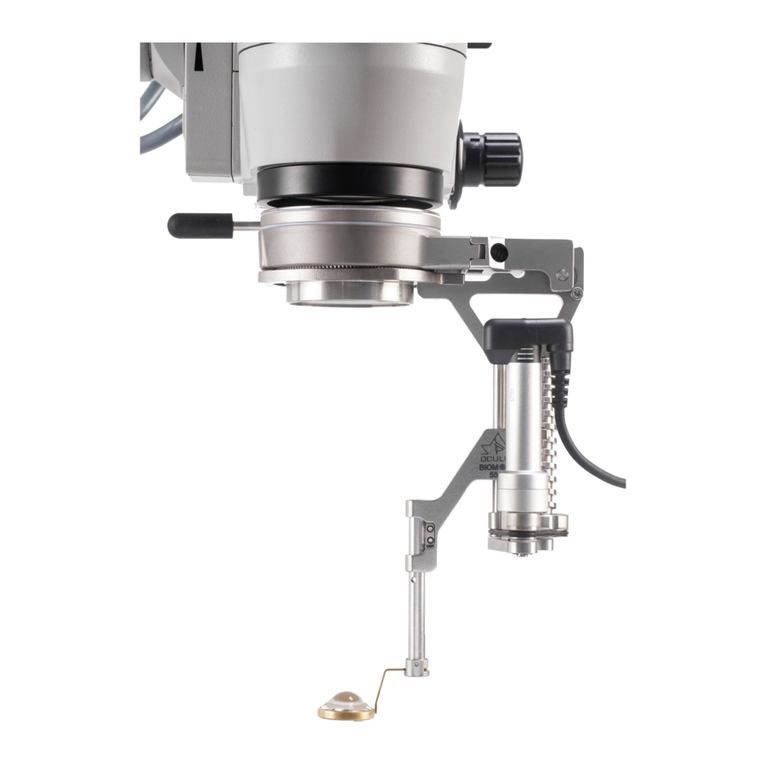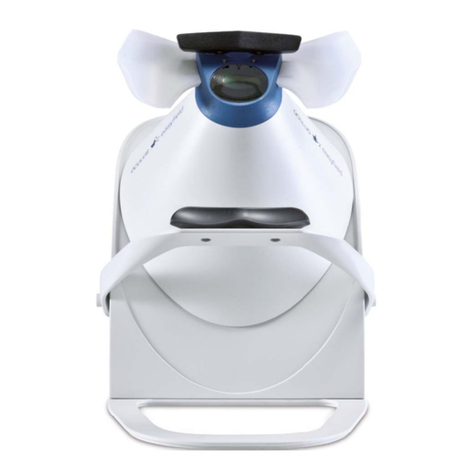
Page 5
Instruction Manual Mesotest II
___________________________________________________________________
3. Safety Precautions
The manufacturer is required by law to
inform the user explicitly on safety aspects
involved in dealing with this unit. This
chapter contains a summary of the most
important points to be noted regarding
technical safety.
Other safety precautions are found in the
text of this Instruction Manual
and are designated by
Please pay special attention to these
instructions as well.
Store this Instruction Manual with care in a
place where it is accessible for persons
using the unit at all times; also, give due
attention to Instruction Manuals of the unit's
other accessories as required.
The unit may only be used for its intended
purpose, as described in this Instruction
Manual (chapter 5), and by persons whose
proper use of the unit is ensured by their
training and practical experience.
Use the unit only with original parts and
accessories delivered by us and in a
technically flawless condition. Do not
attempt to use a damaged unit, but contact
your supplier.
Please abide by accident prevention laws
where applicable, and be especially careful
to observe the instructions and information
printed on the unit.
The unit may be used in medical areas only
if these rooms are equipped according to
VDE norms or the equivalent (Association of
German Electrotechnical Engineers).
Always disconnect all mains plugs from their
power outlets before carrying out
maintenance or cleaning work.
Disconnect the mains plug at once if you
notice smoke, sparks, or unusual sounds
coming from the unit. Do not use the unit
again until the problem has been corrected
by our service personnel.
Do not connect electrical plugs and sockets
by force. If it is not possible to connect them,
verify whether the plug is correct for the
socket. If you find damage in either the plug
or the socket, have them repaired by our
service personnel.
Do not disconnect electric plugs from their
sockets by pulling on the cable, but rather
on the plug.
Auxiliary equipment connected to the analog
or digital interfaces of the unit must have
proven compatibility with the EN and/or IEC
specifications of these interfaces.
Furthermore, all configurations must meet
IEC Systems Norm 601-1.
Do not attempt to configure electro-medical
systems by combining the Mesotest II with
non-medical electrical equipment (e.g. data
processing equipment) if this might reduce
the level of patient safety below that
recommended by IEC Norm 601-1. Where
permissible levels for leakage current may
be exceeded due to such combinations,
protective disconnecting devices must be
present.
Do not use the equipment named in the
Standard Equipment List in the following
situations:
- Where there is danger of explosion.
- In the presence of flammable anesthetics
or volatile solvents such as alcohol, benzine
or the like.
Do not store or use the unit in damp rooms.
Avoid placing the unit near dripping,
gushing, or splashing water, and make
certain that no fluid can enter the unit. For
this reason, please do not place any
containers full of liquid on top of the unit,
and also take care when cleaning the unit
with a damp cloth that no fluid gets into the
unit.
Do not cover the ventilation openings.
This unit is a high-quality technical product.
To ensure that it performs flawlessly and
safely, we recommend having the unit
inspected regularly every two years by our
service personnel. Should any problem arise
which you cannot solve using the enclosed
checklist of errors, label the unit "Out of
Order" and contact our service department.






























